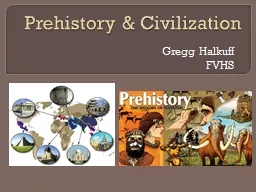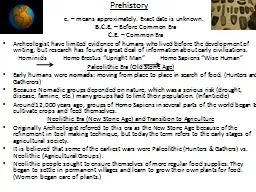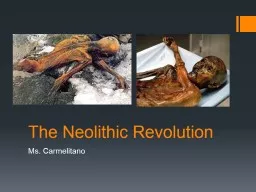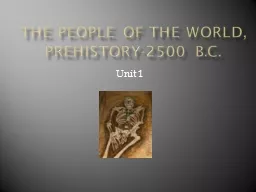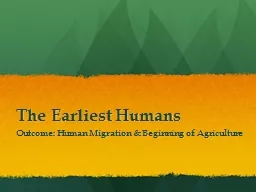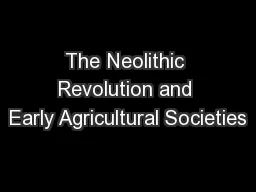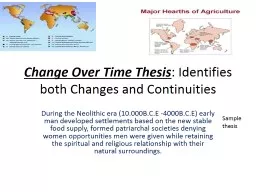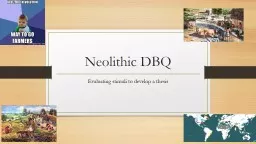PPT-Human Prehistory Early humans to the Neolithic revolution
Author : kittie-lecroy | Published Date : 2018-10-21
The Mesolithic Age The Mesolithic Age Middle Stone Age went from 120008000 BCE Major changes included the ability to shape and sharpen stone tools make needles
Presentation Embed Code
Download Presentation
Download Presentation The PPT/PDF document "Human Prehistory Early humans to the Neo..." is the property of its rightful owner. Permission is granted to download and print the materials on this website for personal, non-commercial use only, and to display it on your personal computer provided you do not modify the materials and that you retain all copyright notices contained in the materials. By downloading content from our website, you accept the terms of this agreement.
Human Prehistory Early humans to the Neolithic revolution: Transcript
Download Rules Of Document
"Human Prehistory Early humans to the Neolithic revolution"The content belongs to its owner. You may download and print it for personal use, without modification, and keep all copyright notices. By downloading, you agree to these terms.
Related Documents


